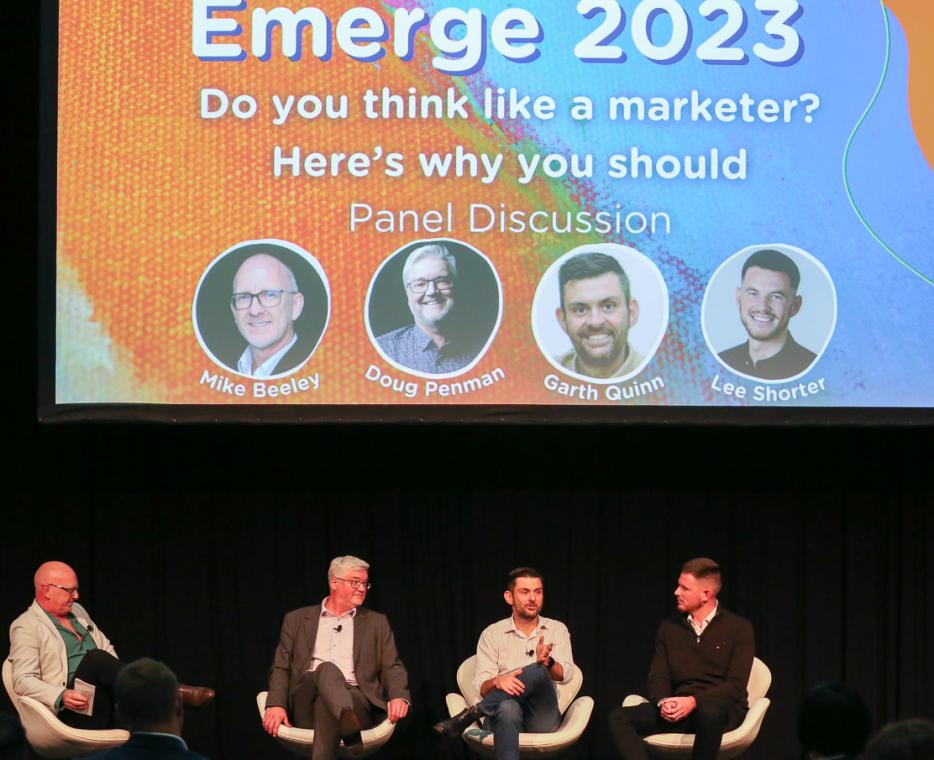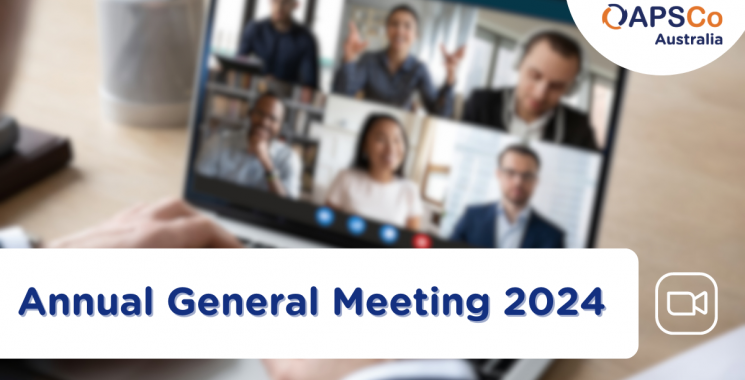
Creative marketing turns hard-to-find talent into a "captive audience"
This article first appeared in Shortlist. It is reproduced here with permission.
Novel marketing approaches are helping to reach highly sought talent in situations where they're a "captive audience", an in-house recruitment leader has told a conference. Having a creative approach and looking at "alternative channels" when it comes to specialist recruiting can help overcome limiting barriers, says Healius head of TA and people experience Garth Quinn, speaking at APSCo's recent Emerge 2023 event. "Working internally, you hear often 'we need something different; we need something new'. And so, one of the things we need to do is move to alternative channels and tap into alternative sources," he says. "And that's where you need the data. You need to be able to track it and measure it and monitor it." Quinn gives the example of when he worked for a mining equipment company, recruiting mechanics. Instead of advertising on traditional job boards, Quinn says it used online dating site RSVP to attract FIFO workers.
The company bought advertising banners on the site and "created one of the best sources of hire, because we had these guys in a captive market that nobody else was doing", he says. Similarly, Quinn says he thought outside the box when creating a storytelling campaign called 'Big Roles in Little Lives', targeting hospitality, tourism, and retail workers across Australia to work in childcare. "We can source them, we can find them because there's data on them," he says. "So, we could use socials, we could use our other databases to target these people and deliver them a message they didn't know they wanted and at a time when they didn't really know what it was about, but we have do it constantly and repeat it." Quinn says the approach was all about "talking to those people who may want a new job, because [when you're] talking to the people who are looking for jobs, they're already talking to eight, nine or 10 different competitors. You've already almost lost that battle"
Engaging a "captive audience" Quinn notes it can be challenging to get funding for recruitment marketing campaigns, but finding new ways to engage a "captive audience" that the company doesn't currently have will pay off in waves. At the time of the APSCo event, Quinn was days away from attending the Australasian Sonographers Conference, an event not typically targeted by recruiters. To reach the attendees, his organisation bought out the digital advertising, billboards and a geocache delivering sponsored social media posts for the entire conference weekend. This cost "relatively less" than a stand at the conference, and gave the employer an opportunity to repeat its message "multiple times over the weekend... and that message is 'we want you to work for us'". Quinn notes the message is "pretty blunt", which isn't common in healthcare. But he points out there are only 2,500 radiologists across Australia and New Zealand, so finding them and targeting them in novel ways is worth the effort.
His market research has also uncovered that "half of the radiologists go to the opera", for example, so the Sydney Opera House has become one of the company's prime locations for geocaching advertisements for radiology roles. Measuring success Quinn says he measures the success of his strategies simply by looking at the numbers of leads, applicants and candidates in his CRM. "I could go in there and go 'I reckon I have enough sonographers, oncologists, and radiologists', if we have a vacancy tomorrow, do we know who to talk to? That's my success," he says. "[It] doesn't matter if we don't fill the role quickly, but we've got some people at least, to talk to." Quinn notes that it might take up to 12 months from first contacting a lead to hiring them, however he considers this a success. "It is a slow burn. But there's only 2,500 [radiologists] in the country, so it's worth putting the energy and effort in to have that conversation over the 12-month period."


